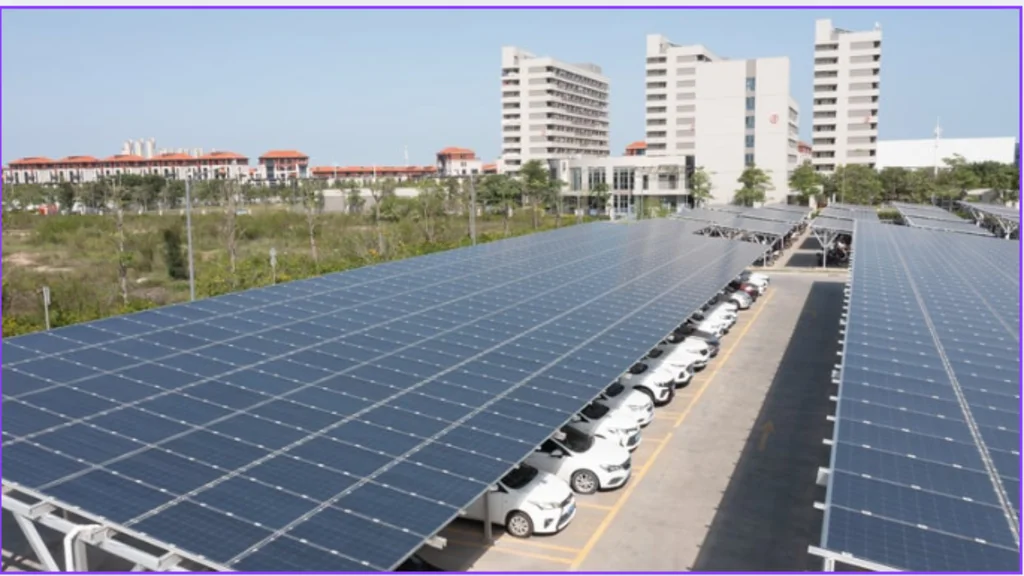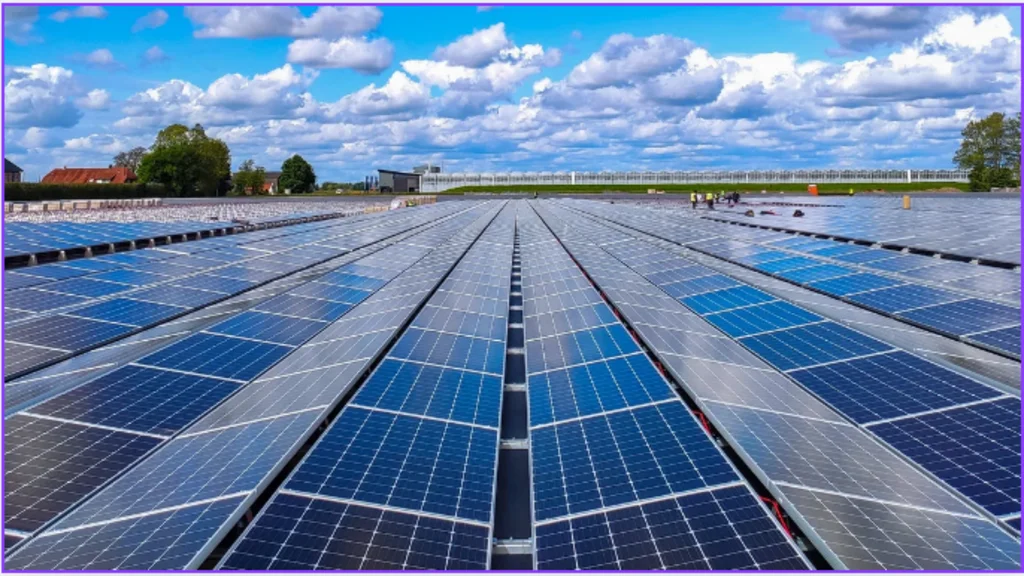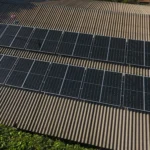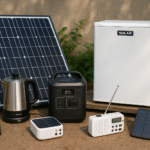Are you thinking about getting solar panels? One of the most important things to understand is solar panel output. This means how much electricity your solar panels can make each day.
Whether you already use solar power or are just starting to learn, this guide will make everything simple for you.

What Is Solar Panel Output and Why It Matters
It means how much power your panels can make from sunlight. It helps you know what to expect from your solar system.
What Is Measured?
Solar output is usually measured in watts (W) or kilowatt-hours (kWh). This tells you how much energy you get daily.
Why You Should Care
Knowing your panel’s output helps you plan your solar energy use and savings. It also helps pick the correct number of panels for your needs.
Use Tools to Estimate
You can use a solar output calculator to see how much power your panels might produce at your location.
How Solar Output Works
Many things affect how much energy your panels make. Let’s look at the most common ones.
Sunlight and Your Location
More sunlight means more energy. If you live in a sunny area, your panels will perform better.
Panel Size and Type
Bigger panels usually give more power. Monocrystalline panels are of top quality and offer a higher solar panel power output.
Panel Efficiency
solar Panel efficiency refers to how well your panel converts sunlight into power. Better efficiency = higher typical solar output.
How Much Is the Average Solar Panel Output Per Day?
Most panels make about 1.5 to 2 kilowatt-hours per day, depending on sunlight and panel type.
Real-Life Example
A 350-watt panel, exposed to 5 hours of sunlight, produces about 1.75 kWh. That’s enough to power lights, fans, or even charge a phone many times.
What Affects Daily Output?
Weather, dirt, panel direction, and shading can lower daily output. Keeping your panels clean helps a lot.
Use an Average to Plan
When planning a system, use the average daily solar output to estimate how much energy your home will receive.

Using a Solar Panel Output Calculator
A solar output calculator is an easy way to plan your system. Just enter a few details, and you’ll get results quickly.
What You Need to Enter
- Where you live
- Panel wattage
- Hours of sunlight
- Number of panels
What You Get Back
The calculator shows you how much energy your panels make in a day, week, or month.
Why It’s Helpful
It helps you know if your roof space and budget are enough to power your home.
What About Solar Panel Output Voltage?
Solar output voltage is how much electric “pressure” your panel creates. It’s essential for a safe and stable energy supply.
Standard Voltage Range
Most solar panels for homes give 30–40 volts. This is safe for most home systems.
Works with Inverters
Your inverter changes voltage from the panel into power your home can use (like 110V or 220V, depending on your country).
Stay Within Limits
Too much or too little voltage can cause system problems. Make sure your installer checks this.
How to Maximize Your Solar Output
Want your panels to give more power? Good news—you can make simple changes to boost your output.
Panel Direction and Angle
Face panels toward the sun. South-facing is best in the Northern Hemisphere. Tilt them at the right angle, too.
Keep Them Clean
Dust, leaves, or bird droppings block sunlight. Clean your panels every few months.
Avoid Shade
Trees or buildings that block sunlight can significantly lower solar output. Trim trees if needed.

Solar Output in Different Systems
Your system’s size and number of panels change how much energy you get. Here’s what that looks like.
Small to Large System Example
A 1 kW system produces about 5.25 kWh per day. A 10 kW system produces over 50 kWh per day.
| System Size | Panels Needed (350W) | Output per Day |
| 1 kW | 3 panels | 5.25 kWh |
| 5 kW | 15 panels | 26.25 kWh |
| 10 kW | 30 panels | 52.5 kWh |
Match Output to Needs
Use this info to match your solar panel power output with your energy use.
Know Your Solar Output Before You Invest
Before buying solar inverter charger, it’s essential to understand your solar panel output. It helps you choose the correct size system and know what power you’ll get.
Recap the Basics
- More sunlight = more output
- Better panels = more power
- Use a calculator to plan well
Final Tip
Check your daily energy use and location, then match it with the proper solar setup. That way, you’ll get the most from your panels.

Ready to Go Solar?
Now you know all about solar panel, it’s time to take the next step. Whether you’re just exploring or ready to install, you’re in a better place to choose wisely.
Use a solar output calculator, talk to a solar expert, or get your free quote today!
FAQs
What is the typical solar panel?
A good panel gives 300–400 watts. Multiply by the number of sunlight hours to get your daily energy.
Can output change over time?
Yes. Panels lose about 0.5% efficiency each year. But they still work well for 25+ years.
What’s the role of voltage?
Solar panel output voltage helps deliver steady, usable power. Inverters convert it for your home.











